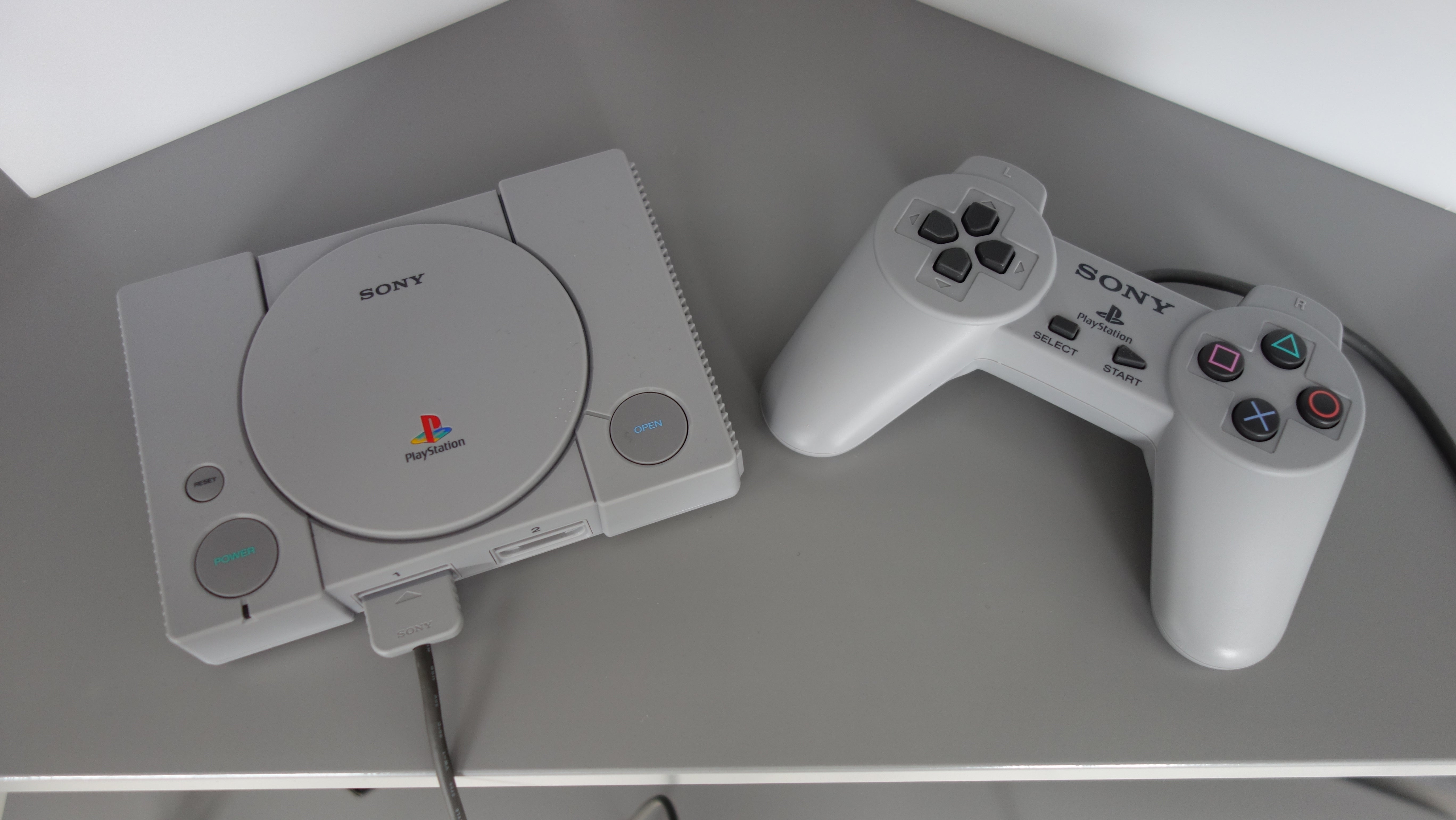
The real difference is one of temperament. It will be a couple of years at least before any new game comes close to pushing the boundaries of this hardware, so don't get caught up with teraflops or core frequencies. The first console launch I covered as a reviewer was the Sega Dreamcast in 1999, and I've heard the same debate for every console generation since. You can go down this "which is more powerful" rabbit hole, and stay there, for a very long time.
Play station series#
Technically, the PS5 has a higher throughput speed from its SSD than the Xbox Series X, but then again, the Xbox GPU can, on paper, calculate more operations per second.
Play station Ps4#
Both also offer default solid-state drives for storage (versus the spinning platter hard drives of the 2013 PS4 and Xbox One), and that makes for a huge improvement in loading times. You can read a much deeper dive into the components of both new game consoles here, but the key takeaway is both new PlayStation and Xbox systems are built on very similar platforms. In this case, it's a custom eight-core AMD Zen 2 CPU and a GPU based on AMD's RDNA 2 graphics architecture. Inside the towering tower, the PS5 is powered by AMD components - as was the PS4, Xbox One and Xbox Series X/S. The PS5 is actually just about the same size as the Xbox Series X, if you count cubic volume. It's clearly meant to be a sculptural conversation piece, rather than an anonymous bit of black stereo rack equipment. Still, it's a bold visual statement, and looks great from any angle. But only the PS5 feels like a potential living room logistics problem. Ironically, both consoles have a similar total volume, roughly 447 cubic inches for the PS5, while the chunky Xbox Series X is about 432 cubic inches.

That sits in stark contrast to the Xbox Series X's design, which is closer to a Soviet-era constructivist office block as reimagined by Syd Mead.

The powerful new PlayStation 5 console towers over its predecessor, both physically and in its forward-looking graphics capabilities.


 0 kommentar(er)
0 kommentar(er)
